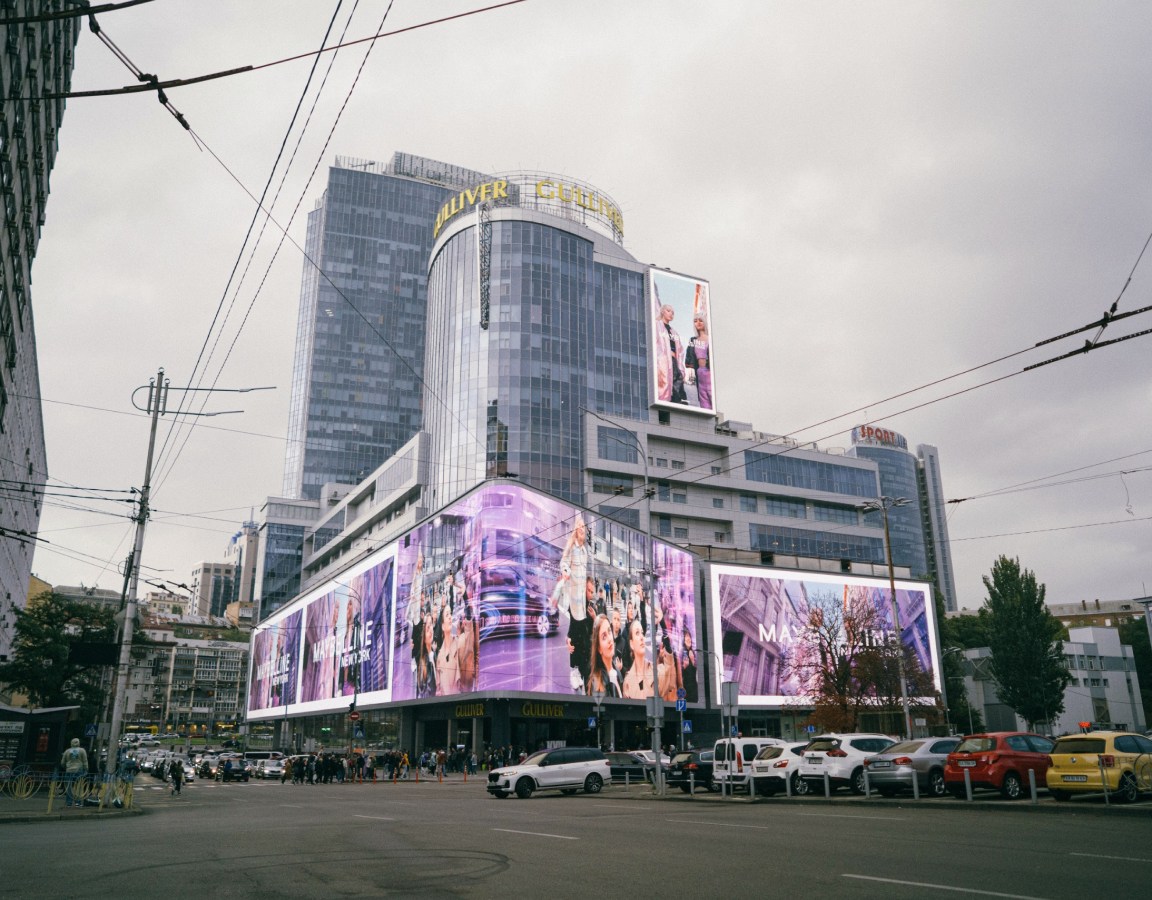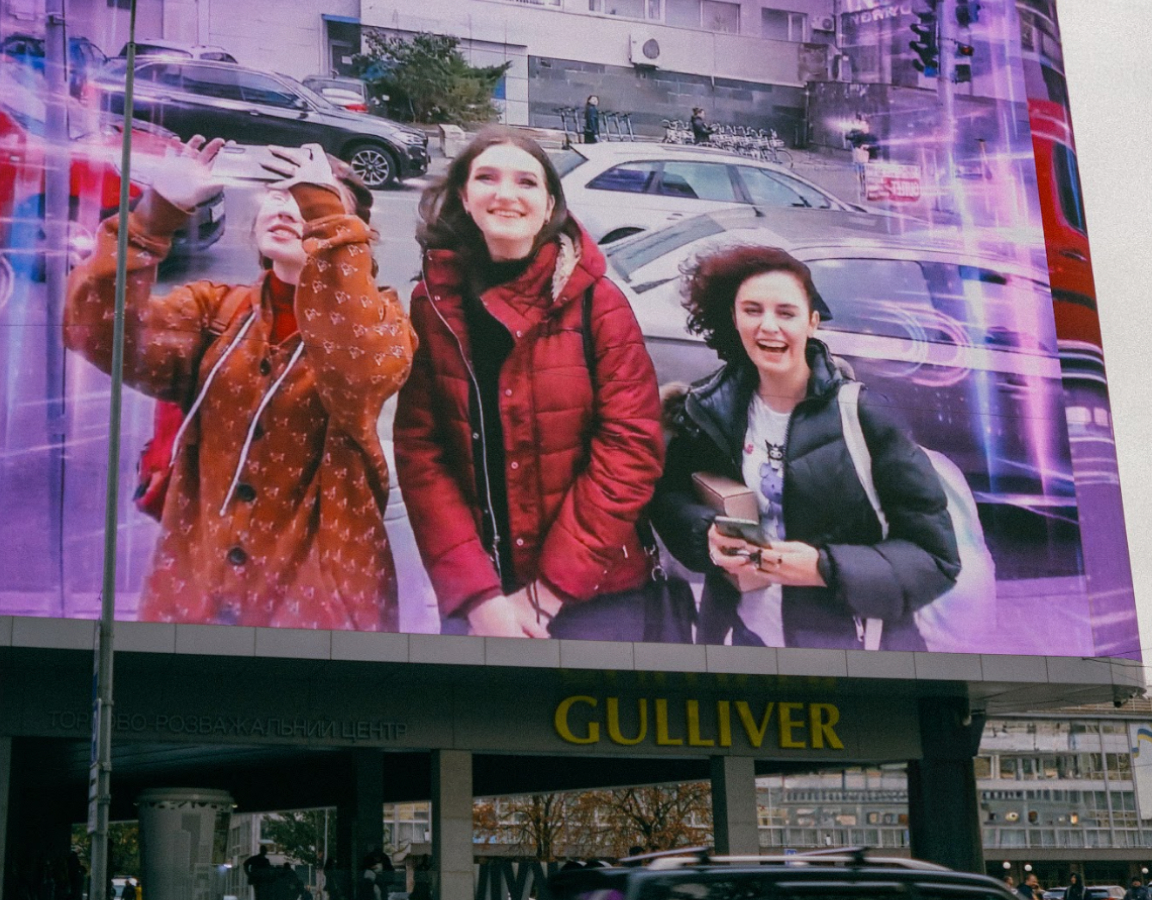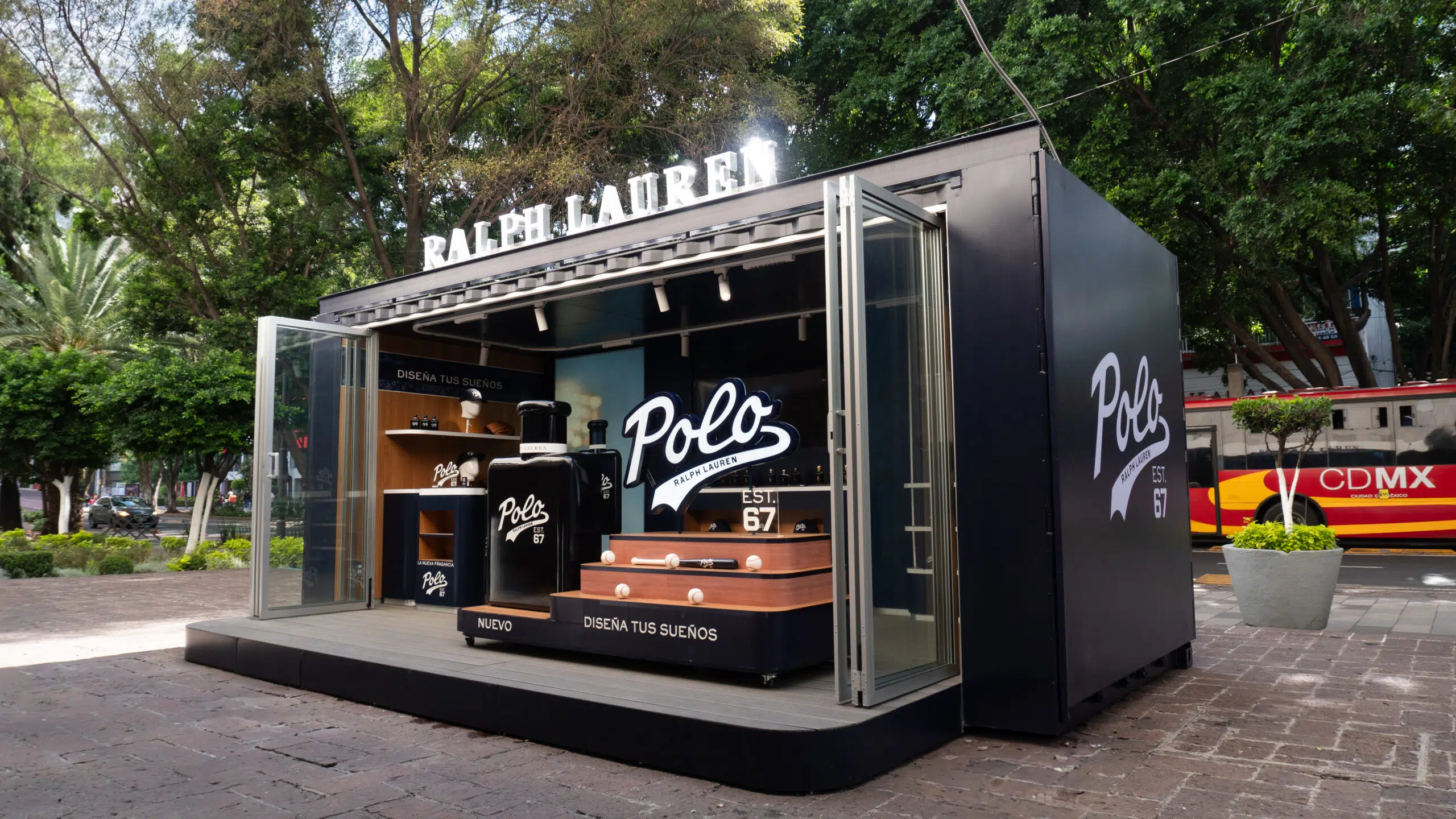In a world obsessed with online shopping, offline retail is still a goldmine—if you know how to tap into it. The secret? Geomarketing. By using location-based data, brands can target the right customers at the right time, turning foot traffic into real sales.
Whether you’re a beauty brand placing AR mirrors in department stores, a fashion retailer optimizing store locations, or a luxury brand planning experiential pop-ups, geomarketing helps you be exactly where your customers are.
In this guide, we’ll break down how to use geomarketing to dominate offline retail—from choosing prime store locations to crafting hyper-personalized campaigns that drive in-store engagement.
What is Geomarketing?
Geomarketing is a powerful location-based marketing strategy that leverages geographic data, spatial analysis, and AI-driven insights to optimize business decisions across various industries, including retail, finance, advertising, and urban planning.
Strategic location-based marketing harnesses sophisticated data analytics and spatial intelligence to drive premium positioning and exceptional customer experiences. By leveraging advanced spatial analysis (Christaller’s Central Place Theory, 1933), this approach enables precise identification of prime locations and deep understanding of exclusive consumer movement patterns.
Through the seamless integration of cutting-edge technologies – Geographic Information Systems (GIS), Internet of Things (IoT), and artificial intelligence – brands can now achieve unprecedented accuracy in location-based strategies. This integration empowers businesses to enhance foot traffic, implement dynamic pricing strategies, and elevate customer engagement to new heights.
The approach is particularly transformative for businesses focused on:
- Strategic location optimization for flagship destinations
- Ultra-personalized customer experiences
- Premium positioning in high-value markets
- Data-driven expansion strategies
As the landscape evolves with 5G connectivity, augmented reality innovations, and real-time analytics, this sophisticated approach to location-based strategy has become essential for maintaining market leadership and delivering exceptional returns on investment.
Here are the key technologies that power geomarketing:
| Technology | Function in Geomarketing |
| GPS & Geolocation | Tracks user locations for real-time targeting |
| GIS (Geographic Information Systems) | Analyzes and visualizes spatial data |
| AI & Machine Learning | Predicts consumer behavior using geospatial trends |
| Big Data Analytics | Processes vast amounts of location-based data |
| Beacon Technology | Sends proximity-based ads in stores |
| Geofencing | Triggers mobile ads when users enter specific areas |
| Augmented Reality (AR) Mirrors | Enhances in-store experiences by merging virtual and physical shopping |
Example: AR smart mirrors equipped with advanced tracking capabilities provide detailed insights into product interaction patterns and client preferences across different boutique locations.
How Geomarketing Solves Retail Business Needs
By leveraging analytics of consumer movement patterns, affluent demographic trends, and real-time behavioral insights, businesses can orchestrate strategic decisions that drive exceptional revenue growth while elevating the curated shopping experience.
Optimizing Store Locations for Maximum Profitability
Strategic location selection requires meticulous analysis of multiple data points to maximize visibility and performance. Advanced geomarketing solutions provide comprehensive insights into affluent demographics, competitive landscapes, and foot traffic patterns to pinpoint optimal locations while avoiding underperforming areas.
Example: Luxury brands use geomarketing to position flagship stores in high-end shopping districts, ensuring access to high-spending customers. This reduces expansion risks, increases store profitability, and improves brand positioning in key markets.
Boosting In-Store Traffic with Geofencing & Mobile Ads
Attracting customers to physical stores is a challenge, but real-time mobile advertising and geofencing allow retailers to reach shoppers precisely when they are near a store.
Example: Maybelline’s AR mirror campaign engaged passersby with exclusive virtual try-ons, increasing foot traffic and in-store sales conversions. The ability to deliver promotions at the perfect moment enhances in-store engagement and purchase likelihood.



Discover the AR Billboard experience we created for Maybelline New York — where beauty goes big, bold, and interactive
Personalizing the Shopping Experience with AI & Smart Mirrors
Modern shoppers expect tailored, interactive experiences in both physical and online stores. AI-powered smart mirrors and location-based recommendations make shopping experiences more engaging and relevant to regional trends.
Example: AR mirrors analyze local fashion preferences or personal style and recommend trending handbags, ensuring that customers see products most relevant to their tastes. This enhanced personalization increases in-store conversions, strengthens brand loyalty, and improves the overall shopping experience.
Optimizing Inventory & Stock Management
Retailers must avoid overstocking and stock shortages to reduce losses and meet customer demand efficiently. Real-time sales tracking and demand forecasting help ensure the right products are stocked in the right places.
Example: AI-powered geomarketing insights can adjust inventory based on regional preferences—ensuring oversized blazers dominate LA stores while crop tops are stocked in Miami. This data-driven inventory control minimizes waste, improves sales, and streamlines supply chain operations.
Identifying Local Shopping Trends for Targeted Marketing
Understanding local consumer behavior enables brands to launch hyper-targeted marketing campaigns that align with regional demand and emerging trends.
Example: Brand detected high engagement with leopard-print shoes in Paris and tailored its promotions to meet demand, leading to higher product interest and increased sales in the region. This fast adaptation to local trends strengthens brand relevance and market share.
Enhancing Omnichannel Strategies for Seamless Shopping
Bridging the gap between physical and digital shopping ensures a consistent, engaging customer experience across all touchpoints. Tracking in-store behavior and sending personalized online offers helps drive conversions even after a customer leaves the store.
Example: Brand tracks customers who try on sunglasses in-store and later sends them digital discounts, increasing post-visit conversions and customer retention. This integration between in-store experiences and digital marketing strengthens brand loyalty and improves the shopping journey.
The Power of Data Collection and Analytics in Geomarketing
Ever wonder how top brands seem to know exactly what you want? It’s all thanks to smart data collection and analytics! From your online shopping sprees to in-store browsing, and even your interactions with those cool AR mirrors – every move helps brands understand you better.
Example: AR mirror can track which virtual try-on products are most popular, offering valuable insights into consumer preferences.
Explore the AR Mirror we created for Makeup by Mario — bringing virtual makeup try-on to life with seamless beauty tech.
Behind the scenes, there’s a whole data transformation happening. Think of it as your shopping data getting a makeover – cleaned up, organized, and sorted into neat categories based on who you are, where you shop, and what makes you click ‘buy’.
But here’s where it gets really exciting – AI and machine learning jump in like retail fortune-tellers, predicting what’s going to fly off the shelves next. They’re constantly analyzing patterns in customer behavior and identifying shopping hotspots.
The grand finale? All these brilliant insights turn into action! From perfectly timed personalized offers to store layouts that feel like they were designed just for you. That’s the magic of data-driven geomarketing – creating shopping experiences that keep you coming back for more while helping brands stay one step ahead of the game.
Key Geomarketing KPIs for Retail Success
Tracking geomarketing KPIs helps retailers measure campaign effectiveness, customer engagement, and store performance. Here are the essential KPIs to monitor:
- Foot Traffic & Store Visits: The number of customers visiting a store due to geo-targeted ads or promotions.
- Conversion Rate (Visits → Purchases): How many store visitors make a purchase.
- Geotargeted Ad Click-Through Rate (CTR): How many people engage with geo-targeted digital ads.
- Customer Dwell Time: How long customers stay in-store.
- Local Inventory Sell-Through Rate: How quickly products sell in different locations.
- Repeat Store Visits & Customer Loyalty: The number of customers returning after a geo-targeted interaction.
- Revenue Per Location: Store sales performance based on local demand.
How Geomarketing Improves Business ROMI
Want to supercharge your marketing ROI? Geomarketing is your secret weapon! This powerful approach transforms your marketing investment through smart revenue predictions, strategic store placement, laser-focused ad spending, and next-level customer connections.
Imagine predicting your store’s success with up to 90% accuracy – that’s exactly what AI-powered location models deliver. They help you make brilliant decisions about where to expand or relocate, while smart local marketing ensures your promotions and inventory perfectly match what your customers want.
Say goodbye to spray-and-pray marketing! By switching to hyper-targeted campaigns, brands are seeing incredible results. Using cutting-edge AR mirrors and location data, they’re launching products exactly where demand is highest, boosting conversion rates by an impressive 25%. Plus, by cleverly adjusting digital advertising based on real-time trends and weather patterns, they’re achieving an 18% jump in sales while actually spending 12% less on ads!
Combining AI-powered location insights, predictive analytics, and precision targeting to create marketing campaigns that are smarter, more cost-effective, and laser-focused on revenue. The result?
- Short-term sales growth through better targeting.
- Long-term business sustainability with smarter marketing investments.
- Higher ROMI, ensuring better profitability in a competitive market.
Geomarketing is not just a marketing tool—it’s a business growth strategy that optimizes every dollar spent.
Fendi’s AR Mirror try-on drove a stunning 43% YoY sales boost compared to the non-AR version — proving the power of immersive tech in luxury retail.
The Use of AI Technology in Geomarketing
Artificial Intelligence (AI) is revolutionizing geomarketing by enhancing targeting accuracy, automating data analysis, and optimizing marketing strategies in real time.
AI-Powered Geomarketing for Smarter Decision-Making
Artificial Intelligence (AI) is transforming geomarketing by making marketing strategies more data-driven, precise, and efficient. Businesses can now analyze vast amounts of real-time location data, customer behavior, and external market conditions to make informed decisions.
AI-Driven Data Collection & Predictive Analytics
AI acts as a powerful marketing strategist, continuously analyzing customer movements, purchasing patterns, and real-time market dynamics to identify opportunities. Through predictive analytics, it forecasts bestsellers, peak store activity periods, and optimal locations. Using intelligent predictive analytics, businesses can anticipate demand, optimize inventory, and target marketing efforts for maximum ROI.
Personalization & Location-Based Advertising
AI leverages geotargeting and geofencing to deliver timely, personalized messages based on past shopping habits, current location, and personal preferences. This creates targeted marketing that resonates with individual customers, leading to higher conversion rates and improved customer engagement through locally relevant experiences.
AI in Retail & Store Performance Optimization
AI transforms retail stores into smart shopping spaces by tracking customer behavior and preferences. Using smart mirrors and AI shopping assistants, stores create personalized experiences while optimizing layouts and prices based on local demand – essentially providing an intelligent personal shopping service behind the scenes.
The Future of Geomarketing
Picture a world where AR mirrors, AI, and real-time location data work together seamlessly to create marketing magic. This isn’t just about showing ads – it’s about crafting experiences so personalized and interactive, they’ll feel like they’re made just for you.
Brands that jump on this technological wave aren’t just keeping up – they’re surfing ahead of the competition with immersive, data-powered experiences that turn browsers into buyers. The future belongs to businesses bold enough to embrace these game-changing innovations, offering hyper-personalized, location-smart interactions that leave traditional marketing in the dust.
Here's the real kicker: It's not about if you'll join this marketing revolution - it's about how fast you can get in the game. Because in this rapidly evolving digital landscape, the early adopters aren't just participating - they're writing the rules of tomorrow's retail success story.
Is Geomarketing Right for Your Business?
Imagine transforming your business with a marketing strategy that knows exactly where your customers are and what they want! Geomarketing isn’t just another buzzword – it’s your secret weapon for precision-targeted campaigns and real-time customer connections. From bustling retail stores to luxury hotels, property developments to financial services, this powerful approach can revolutionize how you attract and delight customers.
Think your business could benefit from understanding customer movements, delivering perfectly-timed offers, and creating personalized experiences? Then geomarketing isn’t just a nice-to-have – it’s your ticket to outpacing competitors, boosting your bottom line, and crafting marketing campaigns that truly resonate.








